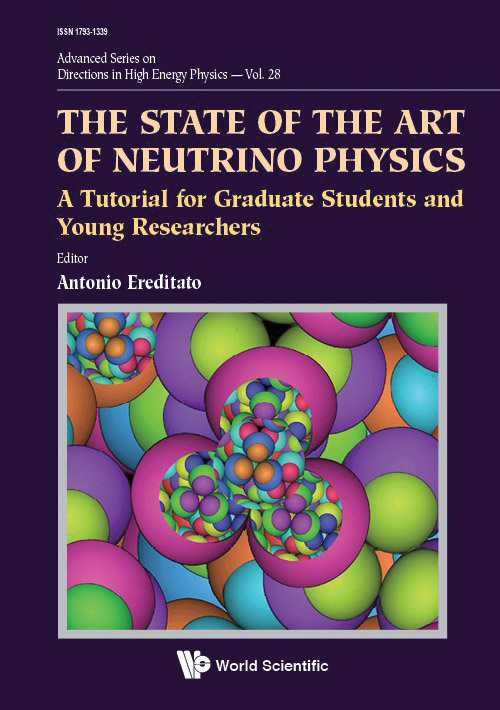

However, there is no experimental evidence that the photon has a composite structure. The incentive is seeing the natural way that many photon properties are generated from the theory and the knowledge that some problems exist with the current photon model. Attempts have been made to solve the problem pointed out by Pryce, known as Pryce’s Theorem, and other problems with the composite photon theory. Starting in the 1960s work on the neutrino theory of light resumed, and there continues to be some interest in recent years.

In 1966, V S Berezinskii reanalyzed Pryce’s paper, giving a clearer picture of the problem that Pryce uncovered. Pryce also pointed out other possible problems, “In so far as the failure of the theory can be traced to any one cause it is fair to say that it lies in the fact that light waves are polarized transversely while neutrino ‘waves’ are polarized longitudinally,” and lack of rotational invariance. He showed that the conditions imposed by Bose–Einstein commutation relations for the composite photon and the connection between its spin and polarization were incompatible. In 1938, Maurice Henry Lecorney Pryce brought work on the composite photon theory to halt. During the 1930s there was great interest in the neutrino theory of light and Pascual Jordan, Ralph Kronig, Max Born, and others worked on the theory. In 1932, Louis de Broglie suggested that the photon might be the combination of a neutrino and an antineutrino. In the past, many particles that were once thought to be elementary such as protons, neutrons, pions, and kaons have turned out to be composite particles. 5.1.3 Perkins’ attempt to solve problem.5.1.1 Jordan’s attempt to solve problem.5.1 Bose–Einstein commutation relations.

5 Problems with the neutrino theory of light.4 Composite photon satisfies Maxwell’s equations.A big target to hit, with lots and lots of nuclei. To measure neutrini you need huge experiment. This means the lightest neutrini don’t decay, they oscillate between flavors. Untangling the identity of a neutrino is a tricky business, mostly because they can change from one flavor to another without changing their mass. To make things even more confusing, we don’t even know if the neutrino has a distinct, antiparticle partner, like the positron or if it is its own antiparticle, like the photon. One of the few known particle species with this property\(^\). What we now understand is that there’s a difference between the mass of the neutrino and its flavor - you know, electron, muon or tau. This was a major confusion for a long time. In short, a neutrino’s identity is a total mess! But here’s the thing: the electron neutrino is a combination of all three. There are three kinds of neutrinos, each with its own mass. How can it be that we know the neutrino has a mass, but not know what that mass is? This fact has a curious - if convoluted - explanation. Some rather clever experiments have now ruled that possibility out. The neutrino is so light it was originally thought to be massless. It’s not even known which neutrino is the heaviest. Their mass appears to be less than an eV. Its mass is so small experiments haven’t even been able to pin down its value. The neutrino is far and away the lightest, massive particle ever discovered. The neutrino comes in three flavors, each partnered with a charged lepton.
#Neutrino field full#
Even outer space is chockablock full of neutrini! So is the nuclear fission in power plants. So are the radioactive decays of heavy elements deep within the Earth. Fusion in the core of the sun is a huge source of neutrini. Like electrons, neutrini are stable particles, and are generated all the time in nuclear reactions. We can measure neutrini only because there are so many of them out there. Vast swarms of neutrinos - or neutrini - are passing through the earth - through us! - all the time. Unlike the proton or the neutron, which both interact via the all of nature’s forces, the neutrino only interacts via the weak force and gravity - making it truly hard to measure. The tiny, neutral one - or neutrino - has caused a lot of consternation since its discovery.Īs the positively charged proton has the neutral neutron, so too does the electron has a neutral partner, the neutrino.


 0 kommentar(er)
0 kommentar(er)
